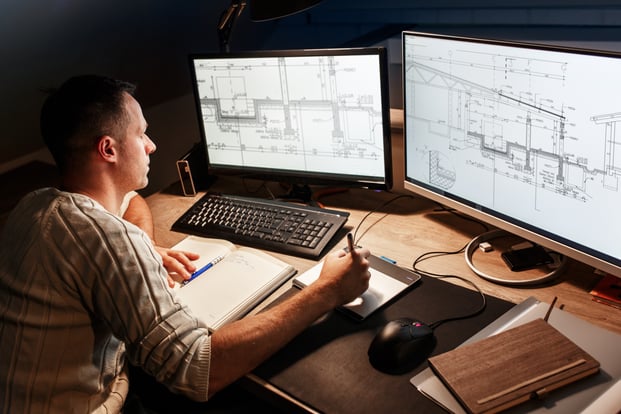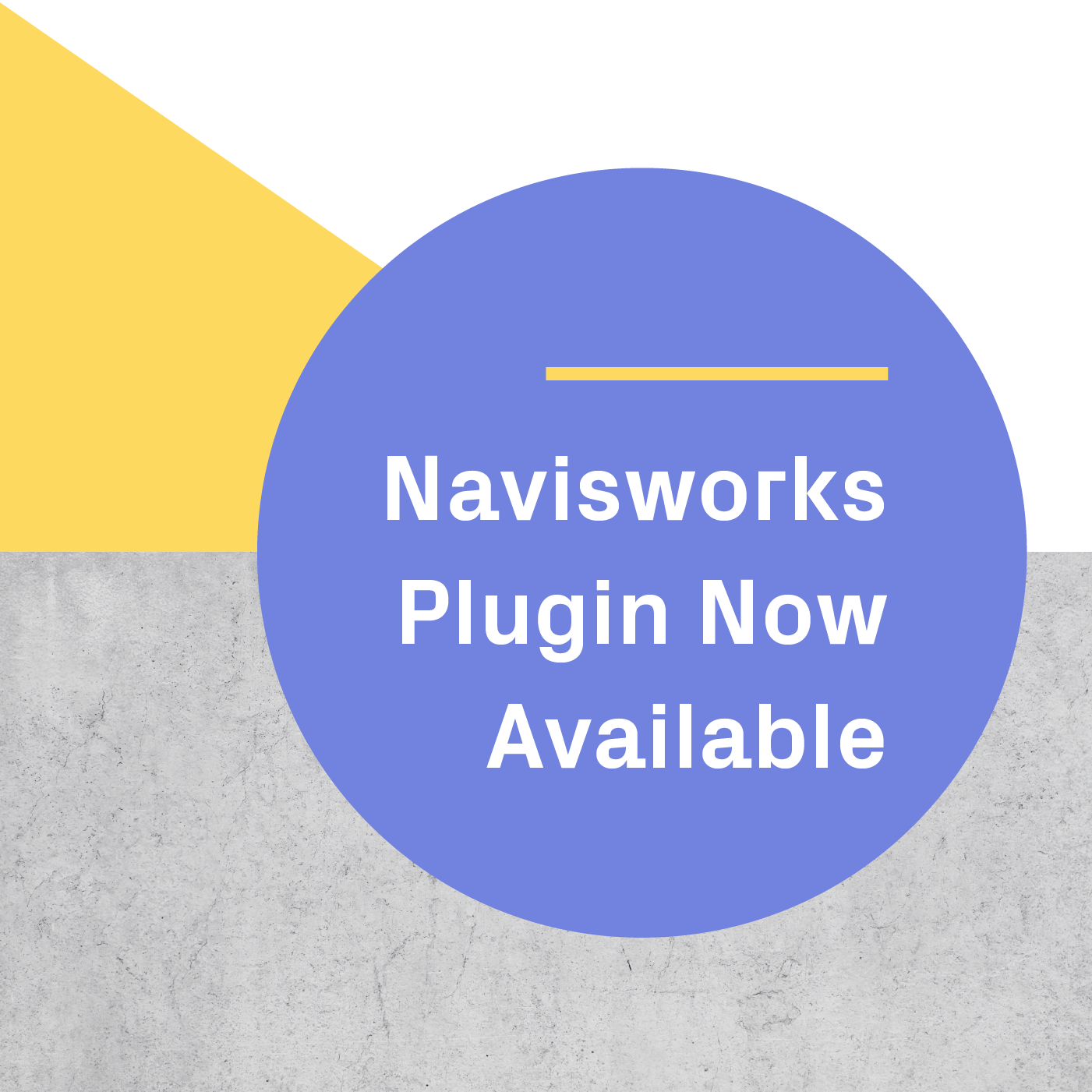
This is the third post in a series about tech-enabled pre-occupancy evaluations, opening up a new world of possibilities for AEC. To read more from this series, see our post on how VR-Enabled pre-occupancy evaluations drive higher quality project delivery and reduce waste and rework.
Effective Internal Collaboration is Critical to Lean Construction
With narrow margins, competitive bidding processes, rising environmental and sustainability concerns, and corporate accountability now on center stage, lean construction practices have become downright necessary. Efficient communication and coordination help projects stay on time and on budget - but, in the AEC industry, where some parties are more resistant to change, minimizing barriers is important.
Technology, software, and tools that prioritize ease of use, communication, and sharing of information and ideas - all while plugging into existing workflows and BIM initiatives - will provide value and stand the test of time. Time and again we hear from our customers how enabling their teams and processes with modern technology, like VR for AEC, drives innovation and productivity. Whether it's decreasing decision-making timelines, improving cross-team collaboration, catching costly errors they otherwise would have missed, or delivering more value and delighting clients with immersive presentations, VR-enabled AEC teams undoubtedly have fun while working on the edge of industry innovation.
How Team Engagement Impacts the Bottom Line
Typical design review processes and 30, 60, 90 reviews leave much to be desired, both in form and function. Technology, especially BIM + VR, provides a means to enhance the effectiveness of these reviews, along with the engagement and experience of the participants. Tools like Prospect by IrisVR are built to be easy to use, intuitive, iterative, and fun - the last of which should not be undervalued or overlooked. Inspiring joy and breathing life into an otherwise tedious and convoluted process provides long-lasting benefits like encouraging creativity, innovation, spatial comprehension, and a new, immersive way of working an old craft.
A Solution to Standing Meetings: Clash Resolution, Coordination, Design Review, Pinups, and more
Current standards of coordination, clash resolution, and recurring meetings often don’t allow for rapid prototyping or instant comparisons for A-B testing - all of which is now possible with virtual reality solutions. Innovators in the industry are exploring and expanding the applications of VR for AEC, finding efficiency and productivity gains across different processes and use cases. It’s important to think of VR not as just another presentation tool for showcasing a final design, but as a powerful, immersive design tool that quickly and easily brings 3D models to life. It's practical enough to be used to validate design decisions at scale immediately, allowing for evidence-based design decisions at every step of the process.
2020 has been a year where teams rapidly became more widely dispersed than ever and, collectively, organizations have leaned on technology to bridge gaps and supplement existing workflows. Numerous IrisVR customers now host their weekly pinup meetings in VR with Prospect, creating a pin-up space directly in their model. By taking hours-long clash resolution coordination meetings virtual, IrisVR customers get more done faster, with less effort and more clarity.
Build Sustainably with VR for AEC: Get More Done with Less Time & Fewer Resources
Keeping a team safe, happy, and productive is always the goal of any successful project manager. Giving your team the tools to work effectively and chip away at the impossible on a daily basis, “allows them to be the magicians that they are,” as one IrisVR customer says. Breathing life, function, and order into a space takes intense planning and coordination among a broad range of disciplines and stakeholders.
Getting Buy-in
It’s important to be strategic about getting buy-in from the right people on your team or a project, this could be the VDC coordinator or a superintendent. Also, be mindful that this can shift based on the phase a project is in and coordination is takes place from different settings like offices, homes, or jobsite trailers. Whenever possible, implement VR early in the design development process. This allows designers to double down on the guiding principles of human-centric design, using feedback and evidence to inform choices, which is gathered by putting people into the virtual models of these unbuilt spaces.
Smaller teams can work faster and more collaboratively, making informed decisions and before the construction administration phases begin. Teams greatly increase efficiency and cut cost by reducing avoidable rework and change orders, fast tracking the RFI and issue resolution processes, and even eliminating the need to travel for meetings or site visits.
VR-Enabled Pre-Occupancy Evaluations Drive Results
Check back for the fourth and final post in the series, focused on end users and external stakeholders involved in projects and how VR-enabled pre-occupancy evaluations ultimately lead to better, more informed design decisions and more human-centric choices.
Have a healthcare, institutional, or other project, big or small, you’d like to apply this method to? Our team is here to help get you started!
.png?width=212&name=Prospect%20by%20IrisVR%20Black%20(1).png)
